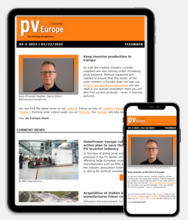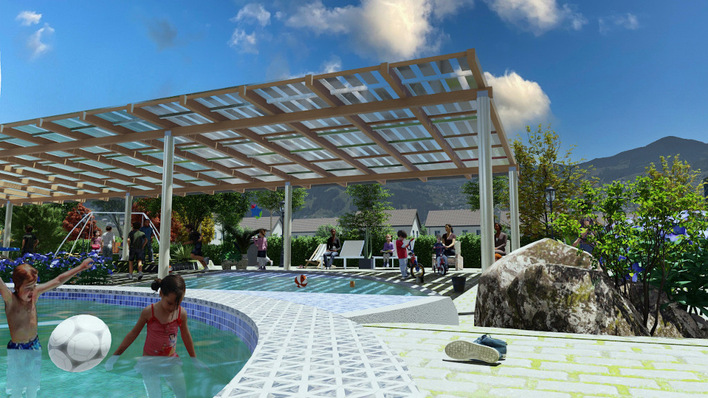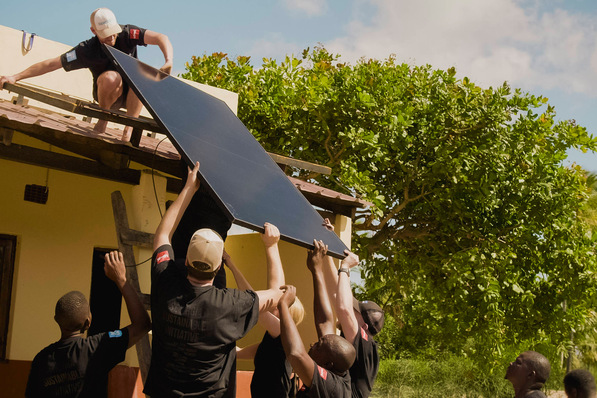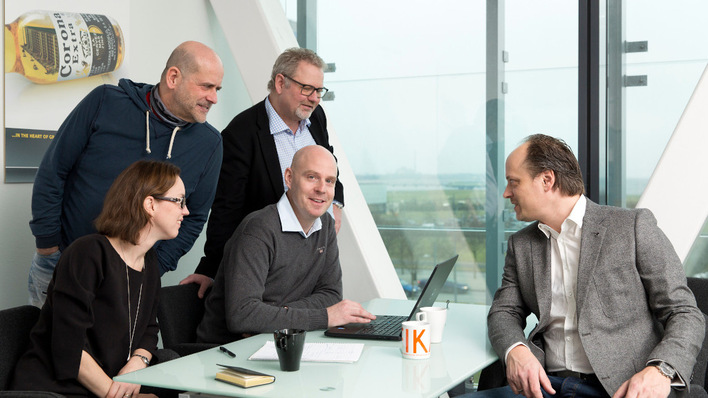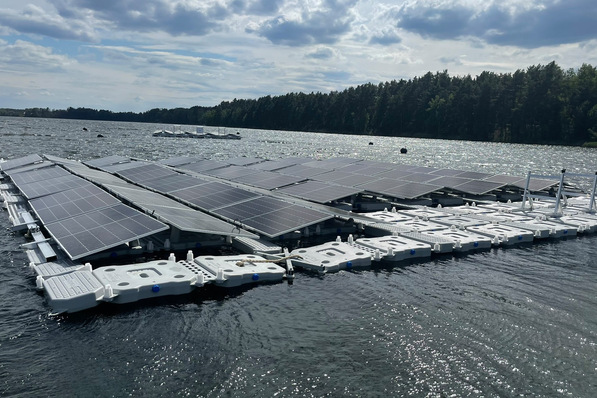1. Conduct advanced site surveys
Site surveys are critical to installation success. Beyond measuring dimensions, focus on analyzing roof conditions for hidden defects like micro-cracks in tiles or suboptimal structural elements. Use drone technology or 3D mapping tools for a precise assessment. Addressing potential issues upfront saves time on redesigns and on-the-spot problem-solving.
2. Optimize ground-level preparation
Pre-sorting components by installation phases and labeling them by functionality can reduce on-roof assembly times. Organizing components in this way ensures that installers have immediate access to the necessary tools and materials for each step, minimizing confusion and interruptions. This approach not only streamlines workflow but also helps to prevent misplacement or loss of crucial parts.
3. Invest in safe and efficient roof mobility
Avoid improvisations like walking directly on roof tiles or rails, as they risk damage and potential delays. Instead, use dedicated roofing ladders or scaffolding systems to enhance mobility and reduce the chance of accidents. Some advanced rail systems, such as reinforced models, support safe point pressure, allowing selective mobility without compromising the roof’s integrity.
4. Minimize tool dependence
Select PV systems designed for streamlined assembly. For example, modular mounting systems that require only basic tools or socket adjustments can significantly improve setup efficiency. The fewer tools required, the faster and smoother the installation process.

Photonica
5. Maintain a strategic component reserve
Even with precise planning, unexpected issues like defective parts or overlooked components can arise. Maintaining a surplus of key materials, such as connectors or cables, ensures that projects remain on schedule without emergency procurement delays.
• Maintain a 7-10% surplus of critical components
• Implement real-time inventory tracking systems
• Develop rapid procurement protocols for specialized part
Read more about installation on pv Europe
6. Implement robust cable management practices
Cable errors are among the most frequent causes of commissioning delays. Implementing color-coded and labeled cable systems ensures error-free connections and accelerates system validation. This is particularly important in complex installations with multiple strings and inverters.
7. Maintain a systematic worksite
A disorganized work environment can lead to missteps and even accidents. Regularly clear debris and ensure systematic cable routing. Research indicates that organized worksites can improve installation efficiency .
8. Leverage tailored mounting systems
Mounting solutions designed for speed and efficiency can be game-changers. For instance, the Photonica FLEX system for pitched roofs reduces the need for excessive components, allowing up to 200cm spacing between hooks while maintaining durability. Its TwistLock mechanism simplifies assembly, and integrated cable holders streamline wiring logistics—all contributing to faster project completion.
Learn more in our webinar, register now: Mastering C&I rooftop design - from complex geometry to seamless installation
9. Adopt prefabricated electrical solutions
Prefabricated electrical switchgear eliminates the time spent building custom solutions on-site. Though slightly higher in initial cost, they save valuable time during installation and reduce error rates, providing a net positive ROI for large-scale projects.
See also: Fires in PV systems – Risk assessment and safety solutions
By integrating these strategies, professional PV installers can navigate the complexities of the evolving solar energy landscape with unprecedented precision and efficiency. (Mariusz Bałachowski/hcn)


